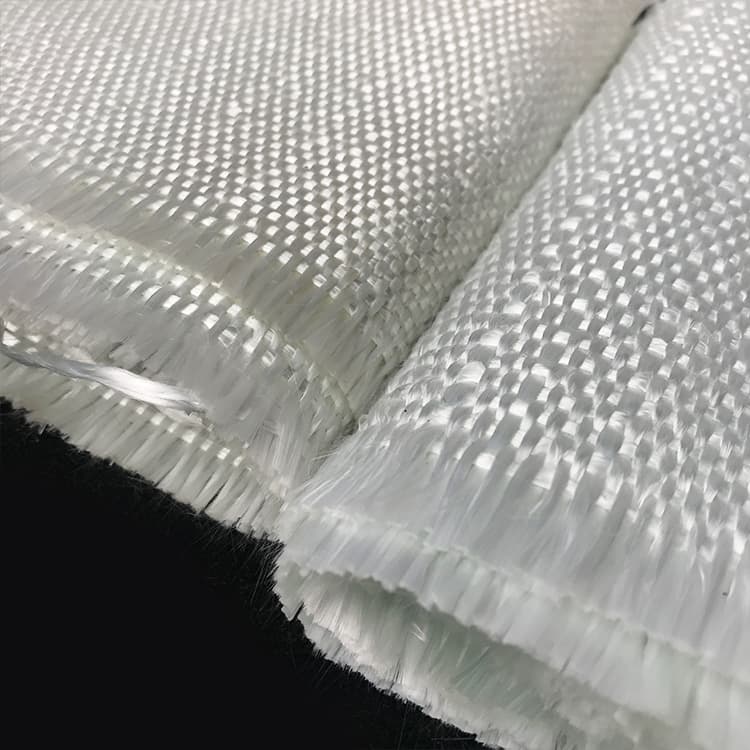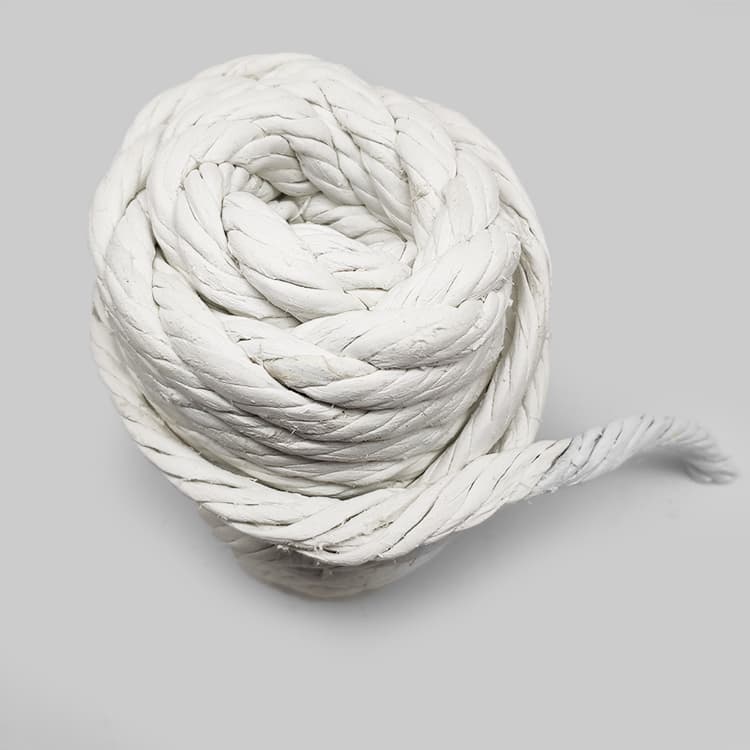Fiberglass, a composite material made from fine glass fibers woven into a matrix, has revolutionized industries ranging from construction to aerospace. Its unique combination of strength, flexibility, and thermal resistance makes it indispensable in modern engineering. This article explores the diverse forms of fiberglass products, including fiberglass cloth, fiberglass fabric, fiberglass rope, and fiberglass tape, while examining their applications across sectors.

fiberglass cloth
1. The Science Behind Fiberglass
Fiberglass begins as molten glass extruded into ultrathin strands, typically 3-25 micrometers in diameter. These filaments are then processed into various configurations:
- Continuous strands for reinforcement
- Chopped strands for composite mixing
- Woven products like fiberglass cloth and fiberglass fabric
The material’s strength derives from the glass’s inherent rigidity combined with the flexibility of woven structures. Unlike traditional glass, fiberglass maintains its integrity under stress due to the distributed load across thousands of interwoven fibers.
2. Key Fiberglass Products and Their Applications
2.1 Fiberglass Cloth: The Structural Backbone
Woven into a tight plain weave pattern, fiberglass cloth serves as a reinforcement material in composite manufacturing. Its applications include:
- Boat hulls and automotive body panels
- Wind turbine blade cores
- Fire-resistant curtains in theaters
A 2022 study by the Composites Manufacturing Association revealed that fiberglass cloth accounts for 38% of all composite reinforcement materials used in marine applications, outperforming carbon fiber in cost-effectiveness for mid-sized vessels.
2.2 Fiberglass Fabric: Flexible Protection
While often confused with cloth, fiberglass fabric typically refers to looser weaves or coated variants. Specialty versions include:
- Silicone-coated fabrics for high-temperature insulation (up to 1000°F)
- PTFE-laminated fabrics for chemical resistance
- Architectural membranes for tensile structures
The global market for fiberglass fabric is projected to reach $8.7 billion by 2028 (Grand View Research), driven by demand in aerospace insulation and renewable energy systems.
2.3 Fiberglass Rope: Sealing and Insulation
Braided into dense cylindrical forms, fiberglass rope excels in high-temperature environments. Key uses include:
- Gasket material for industrial ovens
- Expansion joint packing in pipelines
- Hearth seals in fireplaces

fiberglass rope
A unique property of fiberglass rope is its ability to maintain tensile strength while compressed, making it ideal for dynamic sealing applications. The Owens Corning R-15 insulation rope, for instance, can withstand temperatures up to 1200°F while remaining pliable.
2.4 Fiberglass Tape: Precision Reinforcement
This pressure-sensitive adhesive material combines fiberglass strands with resin coatings. Fiberglass tape variants include:
- Electrical tape for motor winding insulation
- Drywall joint tape preventing crack propagation
- High-strain tape for sports equipment repair
According to 3M’s industrial solutions division, their fiberglass tape series demonstrates 300% better shear resistance than conventional duct tape, making it critical for aviation wire harnessing.
3. Manufacturing Processes
The production of fiberglass products follows specialized methods:
- Weaving: Computer-controlled looms create fiberglass cloth with precise warp/weft ratios
- Coating: Fiberglass fabric undergoes dip-coating for chemical/thermal enhancements
- Braiding: Multi-axis machines produce fiberglass rope with customizable diameters
- Laminating: Fiberglass tape combines glass fibers with adhesive backings via roll-to-roll processes
Modern facilities utilize AI-driven quality control systems to detect micro-fractures, ensuring consistent performance across all product lines.
4. Industry-Specific Implementations
4.1 Construction Sector
- Fiberglass cloth reinforces concrete in earthquake-prone regions
- Fiberglass tape seals HVAC ductwork with UL-classified fire ratings
- Mesh fabrics provide waterproofing under roof tiles
The Burj Khalifa’s construction utilized over 15,000㎡ of fiberglass fabric in its insulation systems, demonstrating the material’s scalability.
4.2 Aerospace and Defense
- Fiberglass rope seals jet engine compartments
- Radar-transparent fiberglass cloth forms drone fuselages
- Fire-blocking tapes protect electrical systems

fiberglass tape
Lockheed Martin’s F-35 program employs fiberglass tape with conductive coatings to manage electromagnetic interference.
4.3 Renewable Energy
- Wind turbine nacelles use fiberglass fabric for lightning strike protection
- Solar panel mounting structures integrate fiberglass cloth-reinforced polymers
- Geothermal pipelines rely on fiberglass rope insulation
Vestas’ latest 15MW turbines contain 12 tons of fiberglass cloth in blade cores, optimizing strength-to-weight ratios.
5. Advantages Over Competing Materials
Fiberglass products outperform alternatives through:
- Corrosion resistance: Unlike metals, they resist saltwater/chemical degradation
- Non-conductivity: Safer than metals in electrical applications
- Thermal stability: Maintains properties from -100°F to 1000°F
- Customizability: Fiberglass tape can be engineered with varying tack levels, while fiberglass rope densities adapt to compression needs
A cost-benefit analysis by MIT’s Materials Lab (2023) showed that replacing stainless steel components with fiberglass fabric composites reduces lifecycle costs by 41% in marine environments.
6. Environmental Considerations
While fiberglass production consumes energy, innovations improve sustainability:
- Recycled glass cullet now constitutes up to 40% of raw materials
- Bio-based epoxy resins enhance fiberglass cloth biodegradability
- Closed-loop manufacturing recovers 95% of solvents used in fiberglass tape coatings
The European Fiberglass Producers Association aims for 60% recycled content in all fiberglass fabric products by 2030.
7. Future Developments
Emerging trends include:
- Smart fiberglass rope embedded with strain sensors
- Graphene-coated fiberglass cloth for enhanced conductivity
- Self-healing fiberglass tape using microcapsule technology
Researchers at Stanford recently developed a fiberglass fabric that changes porosity in response to temperature, promising breakthroughs in adaptive building envelopes.
Conclusion
From the intricate weave of fiberglass cloth to the resilient braids of fiberglass rope, these specialized materials continue to enable technological progress. As industries demand lighter, stronger, and smarter solutions, fiberglass products—whether as fiberglass fabric in skyscrapers or fiberglass tape in spacecraft—will remain at the forefront of material innovation. With ongoing advancements in sustainable production and multifunctional design, fiberglass is poised to meet 21st-century engineering challenges while reducing environmental impact.
 Hongwo Thermal Insulation Material
Hongwo Thermal Insulation Material

WhatsApp
Scan the QR Code to start a WhatsApp chat with us.